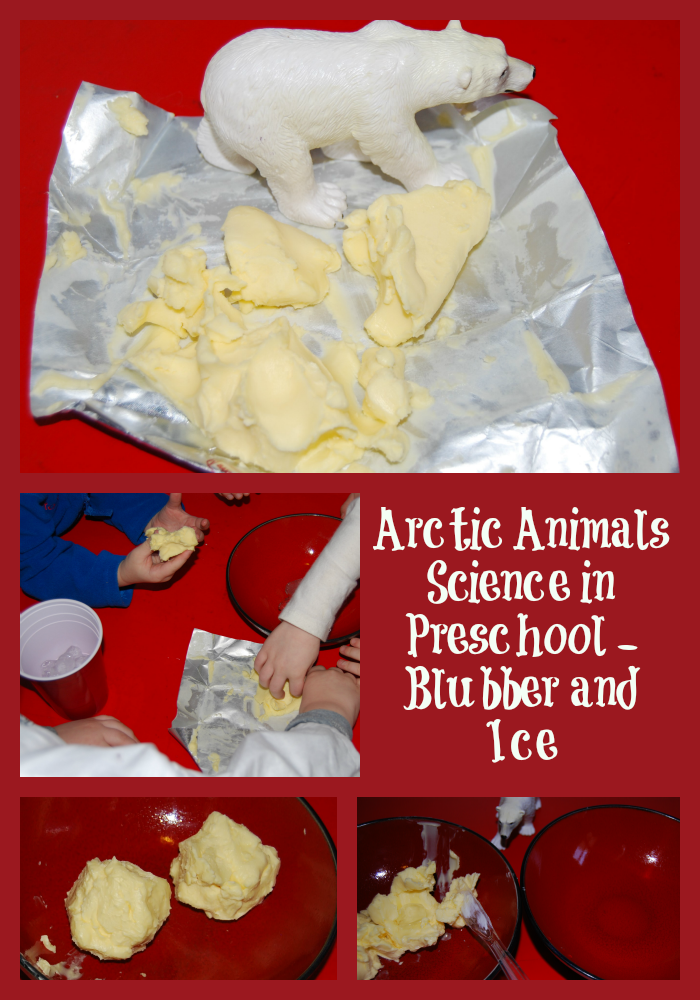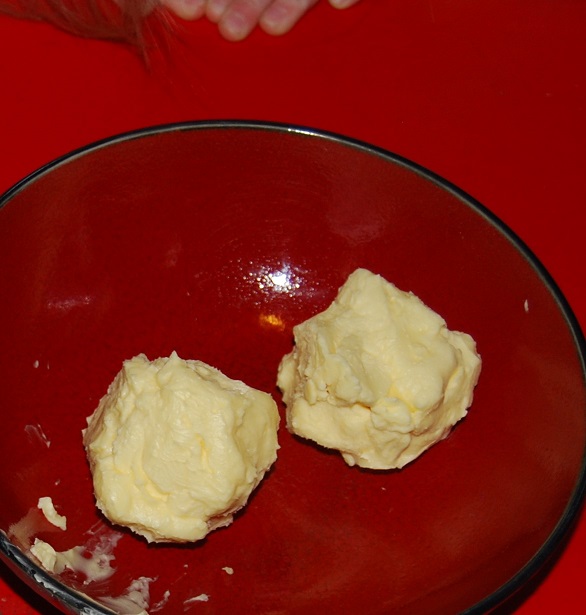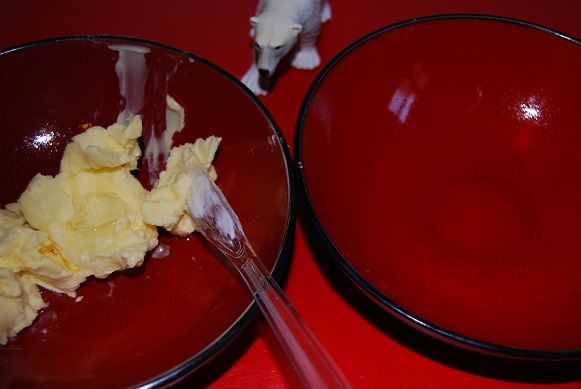For those of you who are new to the #TeachECE Wednesday activities, WELCOME! Each Wednesday throughout the year, we partner with the Early Childhood Educational Team to offer you, our valued readers, playful learning suggestions for use at home or in the classroom. This week’s activities are centered around an ARCTIC TUNDRA theme. Come explore a simple science experiment with “blubber” and ice that will help preschoolers visualize how polar animals survive in the extreme temperatures of the Arctic!

Background Information for Parents and Teachers: Animals that live in the Arctic region (Arctic Ocean, parts of Canada, Russia, Alaska, and some Nordic Countries) are known as Arctic animals. Arctic animals have special adaptations that allow them to survive on the frozen tundra in this unique region of the world. One of the special adaptations is BLUBBER. Blubber is a thick fatty tissue just under the skin of many arctic animals such as seals, whales, and polar bears. The fatty tissue not only keeps the animals warm in the extreme cold, but it serves as a fuel source when food is scarce. To help preschoolers visualize the insulating properties of blubber, try the following simple science experiment!
BLUBBER and ICE ARCTIC SCIENCE for PRESCHOOLERS!
Disclosure: This post and others within this blog contain affiliate and/or distributor links. Please see the ABOUT page for more information.
Show the children on a world map where the Arctic region is located in relationship to where they live. There are also some wonderful maps online if the children have access to technology. Ask the children if they know what blubber is? Some of the children may already know, but many will not. Discuss what blubber does and show the children some of the Arctic animals that have blubber. We have several of the Safari Ltd Arctic Toobs that are great for playful learning and Arctic explorations.
Inquiry for the investigation: Given the same room temperature, which ice cube will melt faster – the one coated in shortening OR the uncoated ice?
Materials needed:
- Ice Cubes
- Two Bowls (per student or small group)
- Shortening
- Timer or Digital Stopwatch
- Paper and Pencils or Markers

Invite the kids to place 2-3 ice cubes in each of the two bowls. In one bowl, have the children surround the ice cube in a thick coating of shortening (fair warning – it is messy, but our kids did great)! Set the bowls out on a table and start the stopwatch. Have the kids record the starting time on a sheet of paper. Invite the kids to periodically observe when the ice melts in each of the two bowls. Record the time that the non-coated ice melts on the recording sheet (indoors it took our non-coated ice cubes an hour and 3 minutes to fully melt). Come together as a group to discuss why the ice coated in shortening took longer to melt. The shortening acts as blubber (protection/insulation) for the ice in this simple experiment.

As the children are waiting for the ice to melt, teach them a simple song about Blubber and Polar Bears:
Bear is Sleeping (sung to Frere Jacques)
Bear is sleeping, bear is sleeping,
Nice and warm, nice and warm.
Blubber keeps bears cozy, blubber keeps bears cozy,
When it’s COLD, when it’s COLD!
MORE Arctic Tundra Learning Activities from The Early Childhood Education Team:
Arctic Animal Sensory Writing Tray by Fun-A-Day
Home-made Books: Tundra by Powerful Mothering
Arctic Animals Writing Prompts by The Educators’ Spin On It
Why Are Polar Bears White? | Animal Adaptations on the Arctic Tundra by Raising Lifelong Learners
Tundra Animal Sharing and Halving by Rainy Day Mum
Arctic Edition, Mother May I Gross Motor Game by Tiny Tots Adventures
Arctic Animal Matching Games by Life Over C’s
Science Fun-Learning About the Woolly Bear Caterpillar by Capri + 3
Arctic Preschool Letter Hunt by Learning 2 Walk
Polar Bear Sound Activity by Growing Book by Book
For more WINTER activities, please see the WINTER category here on the blog!
Some items we also use in our classroom that your children might enjoy.